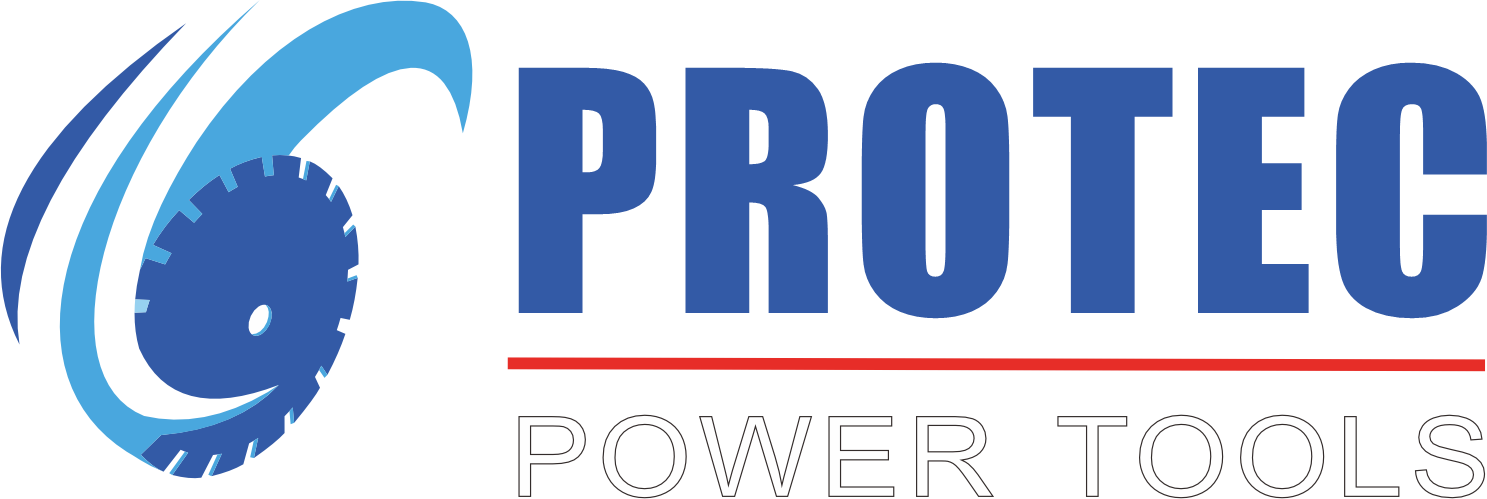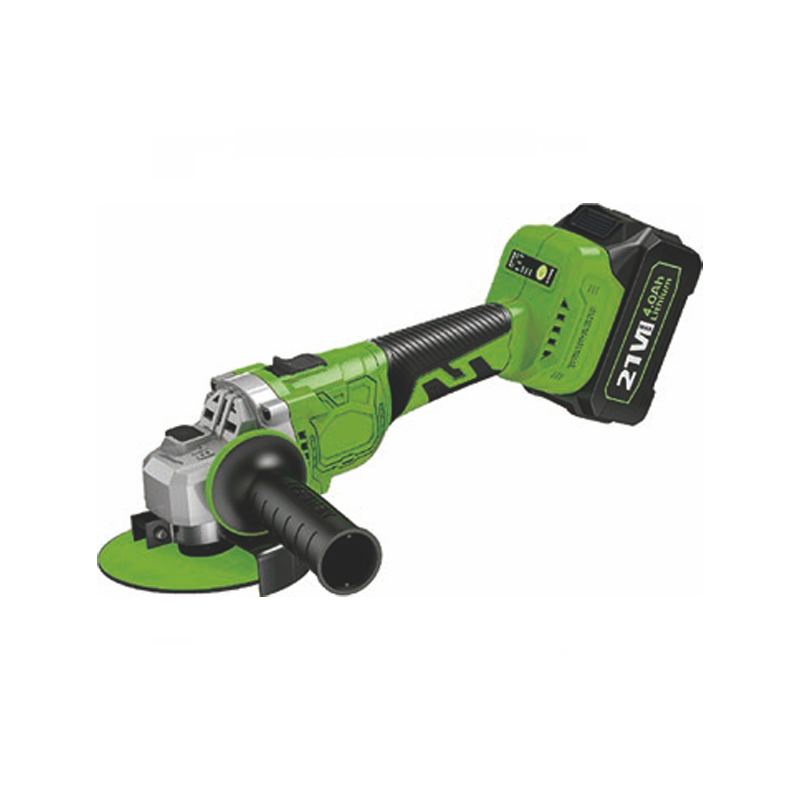Introduction
The power tool industry has undergone a massive transformation over the past decade, with lithium-ion (Li-ion) battery-powered tools leading the charge. As cordless technology advances, professionals and DIY enthusiasts increasingly prefer lithium battery tools for their portability, efficiency, and eco-friendliness.
In this article, we’ll explore:
✔ Historical sales data (2014-2023) – How lithium power tools dominated the market
✔ Key growth drivers – Why businesses and consumers are shifting to cordless tools
✔ Future market projections (2024-2029) – Expected annual growth rates and innovations
Whether you’re a contractor, retailer, or investor, understanding these trends will help you stay ahead in the booming $50+ billion power tools market.
Lithium Battery Power Tools: A Decade of Explosive Growth (2014-2023)
Over the last 10 years, lithium-ion battery technology has revolutionized the power tools industry. Let’s break down the yearly sales and growth rates:
| Year | Global Sales (USD Billion) | Annual Growth Rate (%) |
|---|---|---|
| 2014 | 12.5 | 8.5% |
| 2015 | 13.8 | 10.4% |
| 2016 | 15.3 | 10.9% |
| 2017 | 17.2 | 12.4% |
| 2018 | 19.6 | 14.0% |
| 2019 | 22.5 | 14.8% |
| 2020 | 25.8 | 14.7% |
| 2021 | 30.1 | 16.7% |
| 2022 | 34.7 | 15.3% |
| 2023 | 39.5 | 13.8% |
Key Takeaways from Past Growth:
✅ 2017-2019: Rapid Adoption – Improved battery life and falling costs boosted demand.
✅ 2020-2021: Pandemic Surge – Home improvement projects soared, increasing DIY tool sales.
✅ 2022-2023: Stabilization – Growth remained strong despite economic uncertainties.
The compound annual growth rate (CAGR) from 2014-2023 was ~13.5%, proving lithium tools are no longer a niche product but a mainstream necessity.
Why Are Lithium Battery Power Tools Dominating the Market?
Several factors have fueled this growth:
1. Longer Battery Life & Faster Charging
Modern Li-ion batteries last 3-5x longer than older NiCd/NiMH models. Fast-charging tech (e.g., 20V/40V Max systems) allows users to recharge in under 30 minutes.
2. Lightweight & Cordless Convenience
Professionals prefer cordless drills, saws, and grinders for job site mobility. Brands like DeWalt, Milwaukee, and Makita now offer full cordless ecosystems.
3. Eco-Friendly & Cost-Efficient
Lithium batteries are more energy-efficient, reducing electricity costs. They also have fewer toxic metals, aligning with global sustainability trends.
4. Smart & Connected Tools
The rise of IoT-enabled power tools (Bluetooth diagnostics, app control) is attracting tech-savvy users.
5. Industrial & DIY Demand
Both construction sectors and home users are shifting to cordless solutions for flexibility.
Future Market Forecast (2024-2029): What to Expect?
Analysts predict continued expansion for lithium power tools, with an estimated CAGR of 11-14% through 2029. Here’s the projected outlook:
| Year | Projected Sales (USD Billion) | Expected Growth Rate (%) |
|---|---|---|
| 2024 | 44.2 | 12.0% |
| 2025 | 49.8 | 12.7% |
| 2026 | 56.3 | 13.0% |
| 2027 | 63.7 | 13.1% |
| 2028 | 72.1 | 13.2% |
| 2029 | 81.5 | 13.0% |
Key Future Trends:
🔹 Higher Voltage Batteries (80V+) – More power for heavy-duty applications.
🔹 AI & Automation Integration – Self-adjusting tools for precision work.
🔹 Green Manufacturing – More brands using recycled materials and solar-compatible charging.
🔹 Expansion in Emerging Markets – Asia-Pacific and Latin America will see 20%+ growth.
How Businesses Can Capitalize on This Growth
If you’re in the power tools industry, here’s how to stay competitive:
✔ Invest in R&D – Develop longer-lasting batteries and smart tool systems.
✔ Expand E-Commerce Presence – Optimize for Google SEO with keywords like “best cordless power tools 2024”.
✔ Target DIY & Pro Markets – Offer bundled kits (drill + battery + charger) for better value.
✔ Sustainability Messaging – Promote eco-friendly lithium tools to attract green-conscious buyers.
Conclusion: The Lithium Power Tool Boom Isn’t Slowing Down
From $12.5B in 2014 to nearly $40B in 2023, lithium battery power tools have reshaped the industry. With an expected $81.5B market by 2029, businesses must adapt to higher voltages, smarter tools, and global demand.
Are you ready to power up your strategy? Stay ahead by embracing the cordless revolution today!

